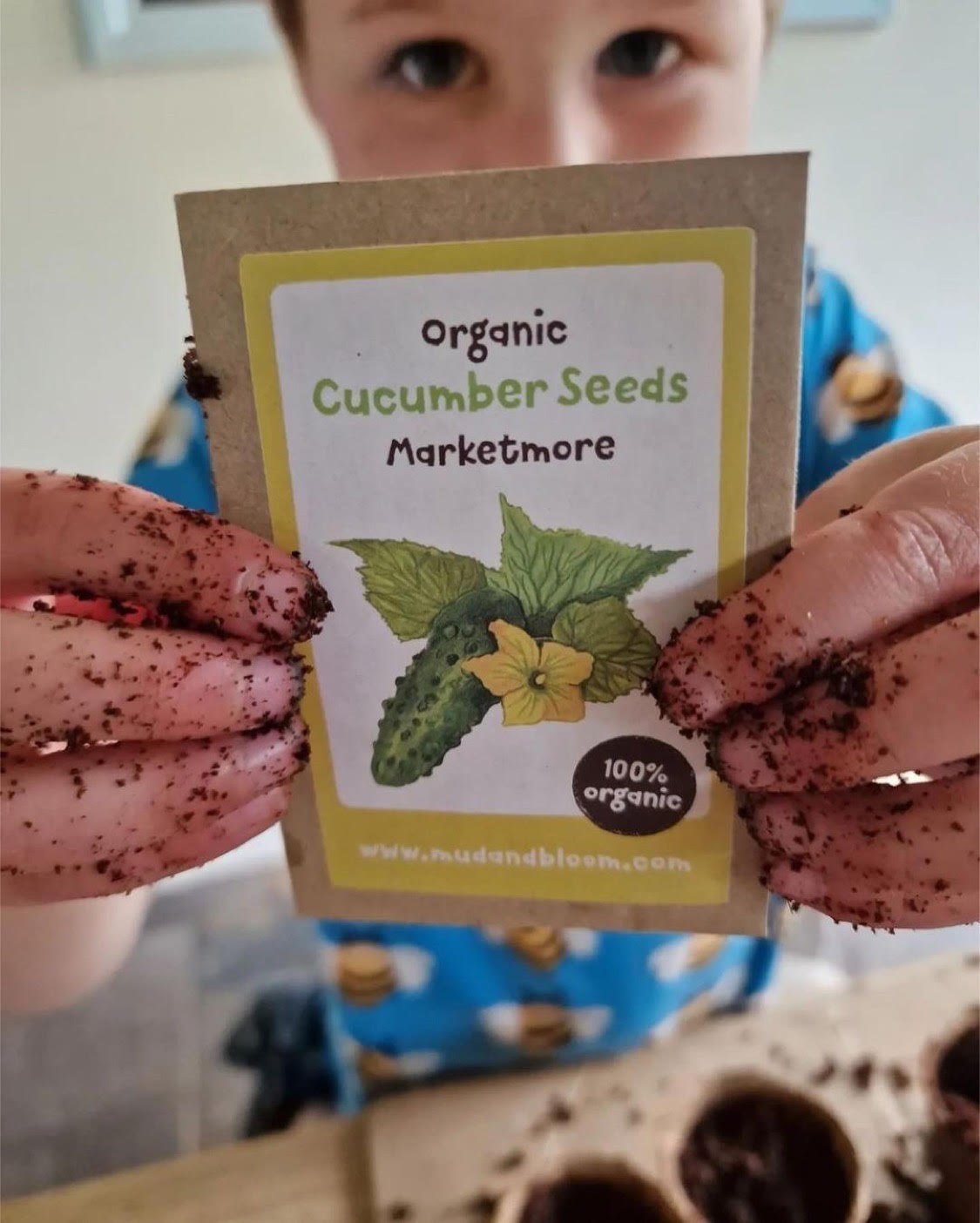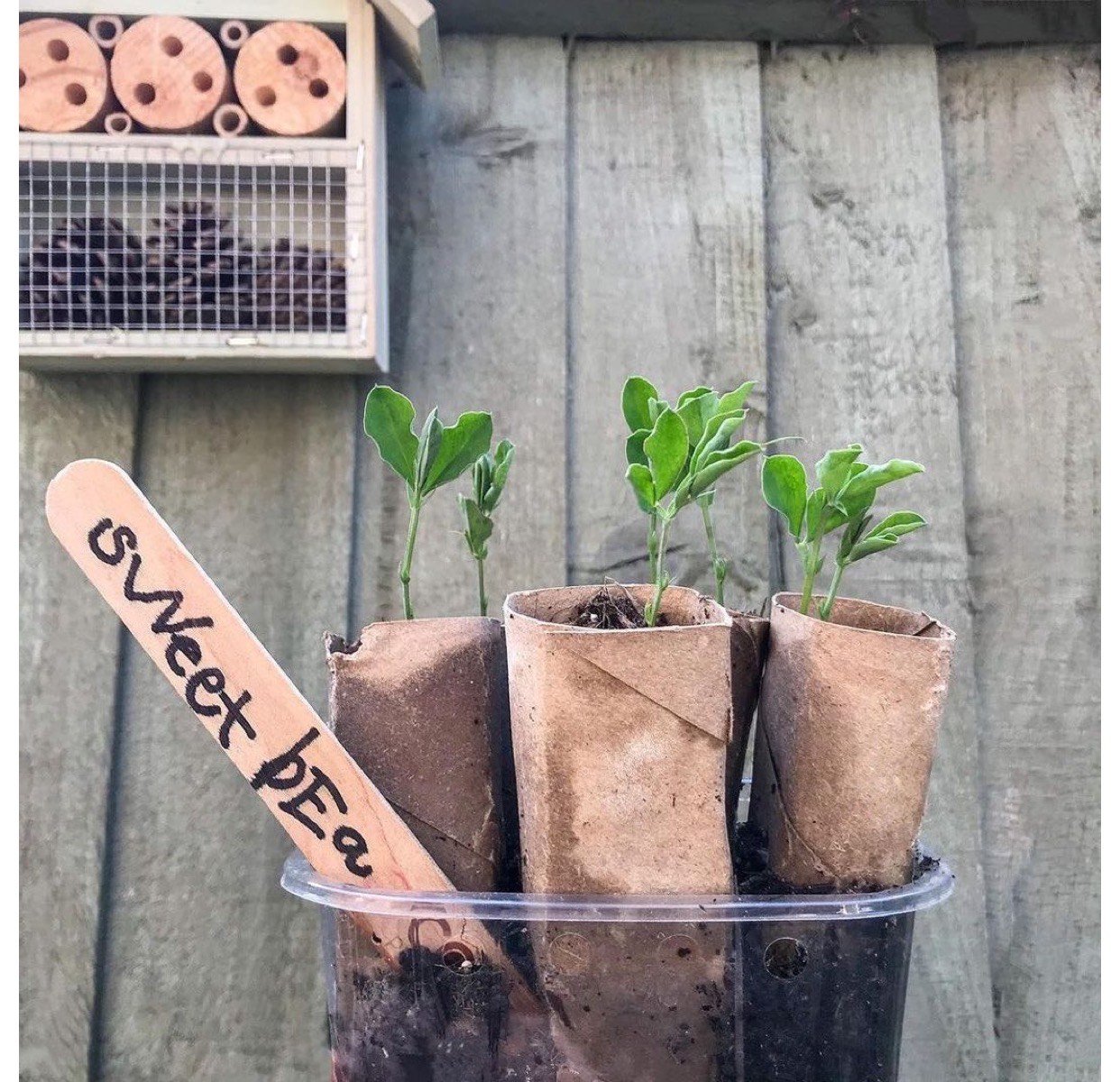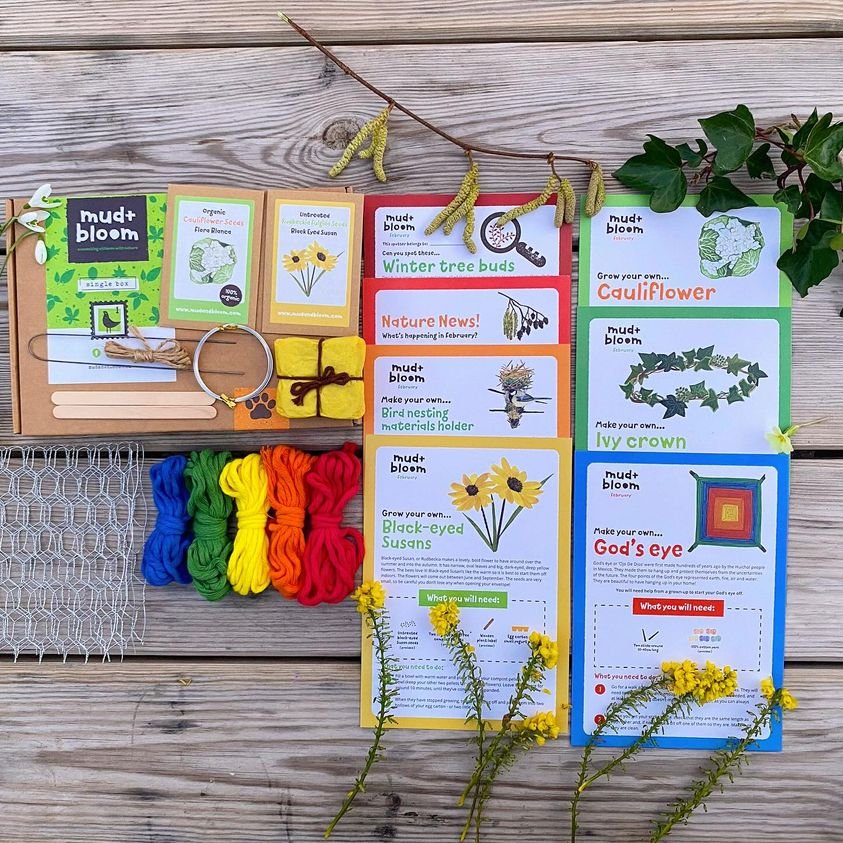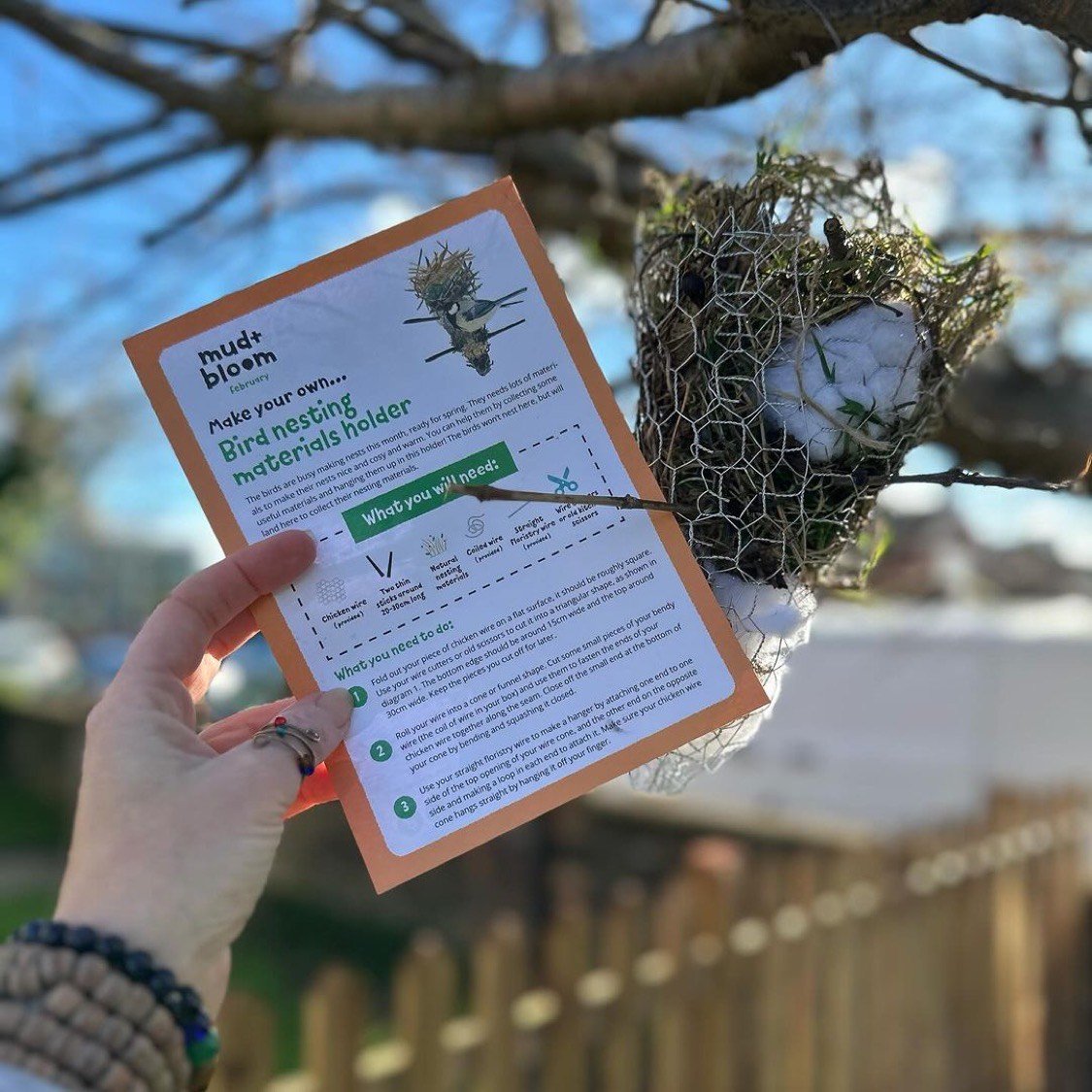Gardening jobs for February
There’s still lots of planning and preparation to do in February, along with a few practical tasks to ready the garden for spring! Here are some jobs to consider this month.
Snowdrops (Galanthus)
Take stock of seeds:
It’s still too early to plant many varieties of seed, but it is a good time to do a last-minute check on your stock and, if you want to be really organised, get seed packets sorted into sowing order! If you have seeds left over from last year, it’s worth checking the sow-by-date on the packet. If they’ve been stored well (in a cool, dry and dark environment) most seeds will still be viable within one to two years of this date, but beyond that the germination rate can decrease rapidly so it is probably best to source new.
If you do need to invest in some new seed, Seed Swaps are a brilliant way to get hold of new varieties, as well as providing you with the opportunity to meet other gardeners, share growing tips and learn how to save your seeds for sharing the following year! These family-friendly events are held all over the UK - find one near you here.
Sow and pot on long-season fruit and flowers
Snapdragons, cosmos and sweet peas can be sown indoors now. These annuals are perfect to grow with children - they’re very easy to grow, come in a wide variety of colours and provide lots of flowers per plant, meaning more for little hands to pick and enjoy! Keep your pots on a warm, bright windowsill and plant outside once the risk of frost has passed.
If you planted aubergines, chilis or peppers in January, you should start to see signs of growth very soon. Keep your seedlings warm inside and transfer into individual pots when the first true leaves appear.
It is also time to start chitting seed potatoes. Chitting, or sprouting, seed potatoes will give them a head start so that they’ll produce an earlier crop. If you’ve never grown potatoes with your children before, give it a try! They are so much tastier than shop-bought spuds and great fun to grow and harvest! Read our guide on how to grow potatoes in containers.
Late-winter pruning
There are several pruning jobs that should ideally be completed by the end of this month before growth really gets going in spring. Roses, winter-flowering shrubs (that have finished flowering), and any overgrown or misshapen deciduous shrubs or trees can be pruned to remove dead, damaged or diseased wood, reduce their size or improve their shape. You can also cut back ornamental grasses and shrubs that have grown for their colourful young stems, such as willow and dogwood. Late flowering shrubs such as buddleia or fuchsia can be hard pruned, which means they can be cut almost to ground level, leaving just a couple of buds on each stem.
Support wildlife into spring
Many wildlife species are still relying on our gardens for food and shelter this month. Keep topping up wild bird feeders and water bowls. Our January box includes a fun activity to make pizzas for the birds.
With nesting season just around the corner, you could consider putting up a nest box if you have the space. If you have hedges or shrubby climbers such as ivy, be sure to cut back before the nesting season begins in March to avoid disturbing birds at this important time. Our February box includes an activity to make a nesting materials holder, you can still purchase a February box here.
You can cut back old flowering stems of perennial plants towards the end the month but bear in mind that insects may still be sheltering in the hollow stems, so leave your prunings in the garden for a few days to give insects time to find a new home. You might even see birds taking some away to use as nesting material! Hedgehogs are also still enjoying their winter hibernation so leave piles of leaves and logs undisturbed for now.
February colour
You’ll start to see more crocus, dwarf iris and early daffodils emerge this month but if you would like some extra colour in your outside space, you could plant up some containers with hardy spring bedding plants, such as forget-me-nots, primroses or bellis daisies. Camellias and witch hazels may also be flowering now. Both thrive in acid soil and are quite slow-growing, so lend themselves to growing in a large pot if you lack the space or soil type to plant in the ground.
Author: Alison Kenehan, RHS-qualified gardener and mother
If you’d like to receive regular gardening activities for children alongside nature craft activities, subscribe below to receive a monthly Mud & Bloom box! Each monthly Mud & Bloom box contains two lots of seeds or bulbs to plant and at least two nature craft activities.





